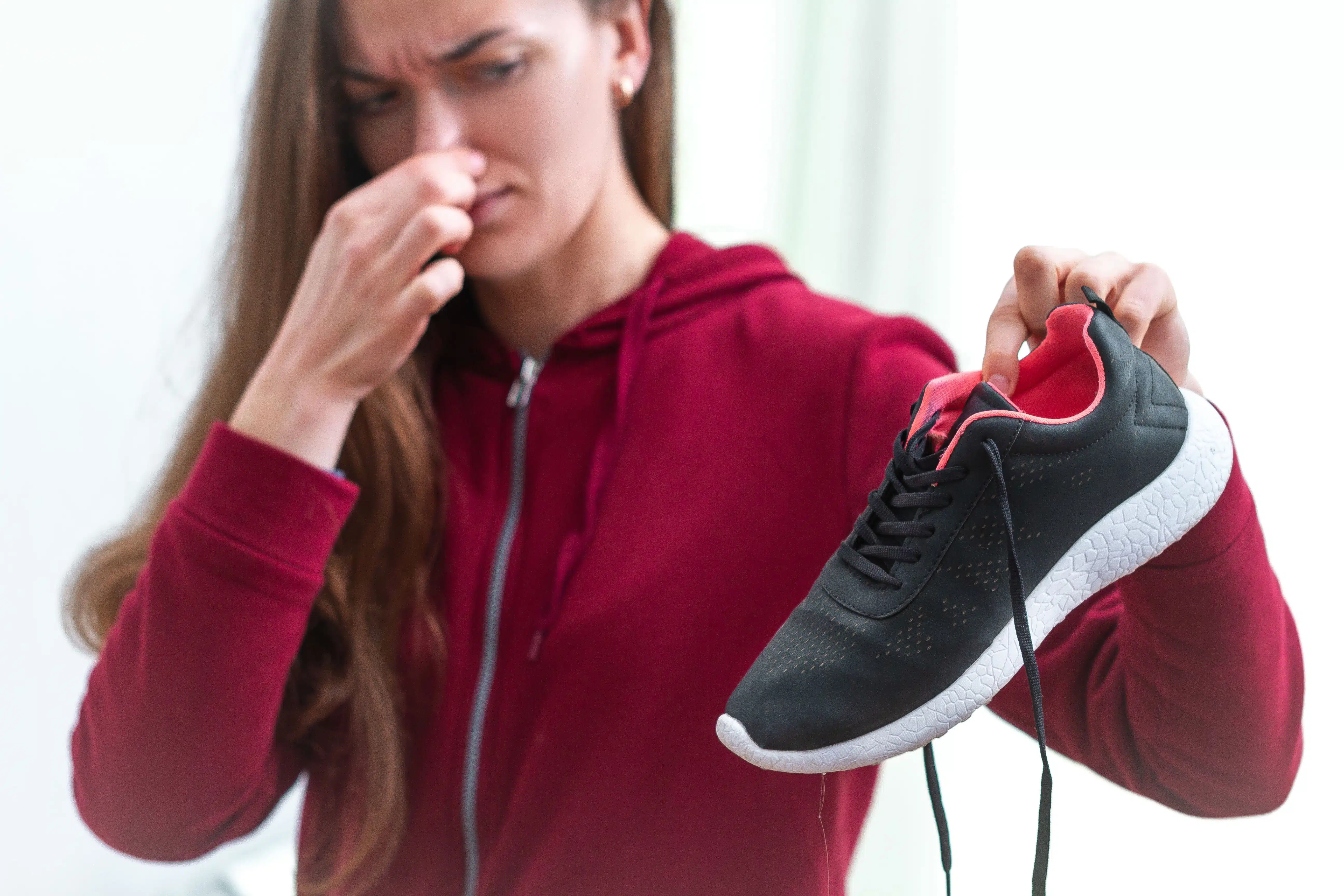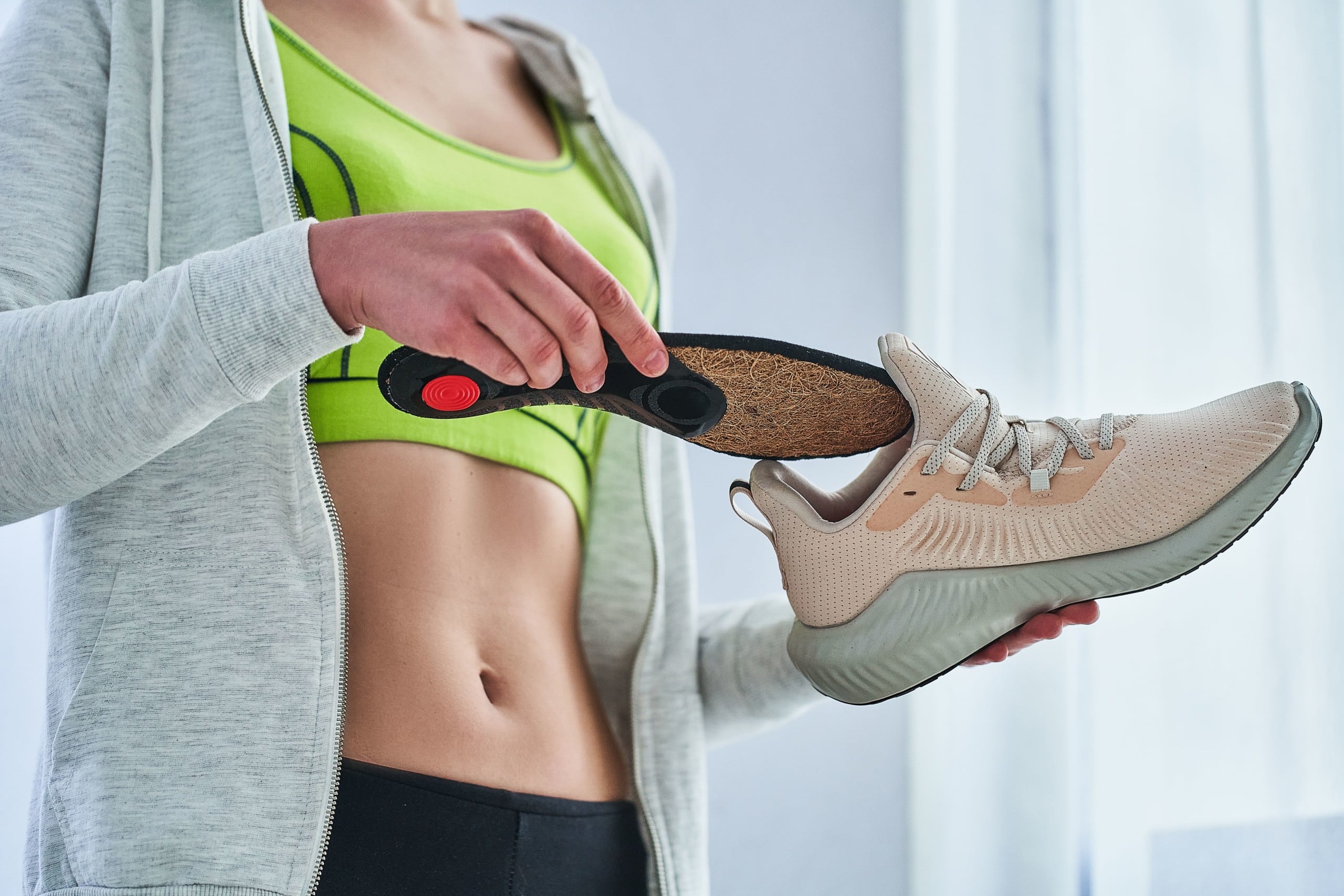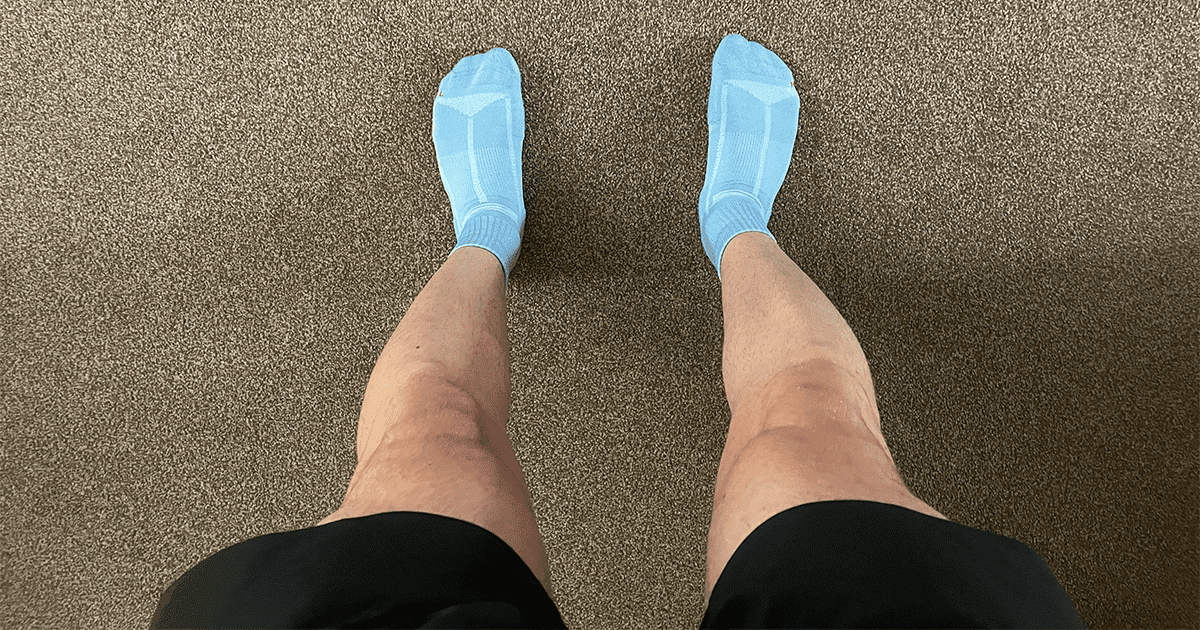Proper running form: 10 tips to improve your technique
Tips on how to achieve proper running form and why technique is important.
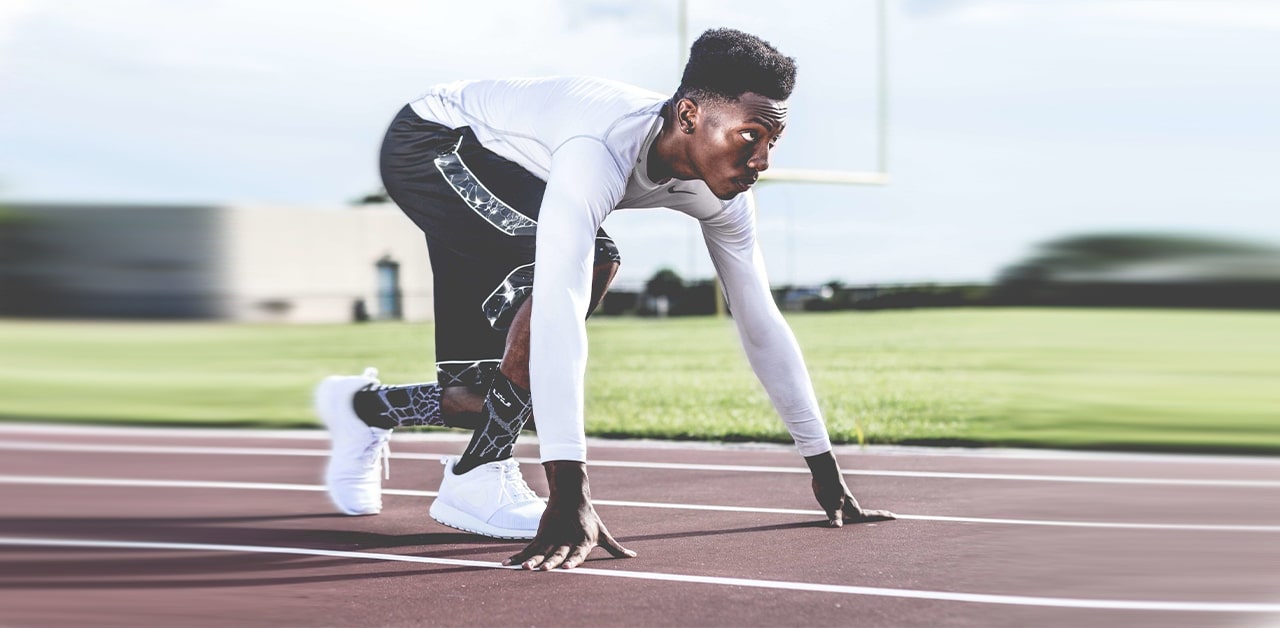 Improving your running form will help you run faster and more efficiently, placing less strain on your body in the process. Oh, and it’ll also reduce your risk of picking up an injury. Running with proper form decreases fatigue and ensures that you get the most out of your workout. If you’re practising for your first 5k, a marathon, or just want to make running easier on your body, practising proper running form is crucial and should be a top priority.
Improving your running form will help you run faster and more efficiently, placing less strain on your body in the process. Oh, and it’ll also reduce your risk of picking up an injury. Running with proper form decreases fatigue and ensures that you get the most out of your workout. If you’re practising for your first 5k, a marathon, or just want to make running easier on your body, practising proper running form is crucial and should be a top priority.
So, with this in mind, this article will provide you with ten tips to help you achieve and maintain optimal running form and technique.
1. Posture is king
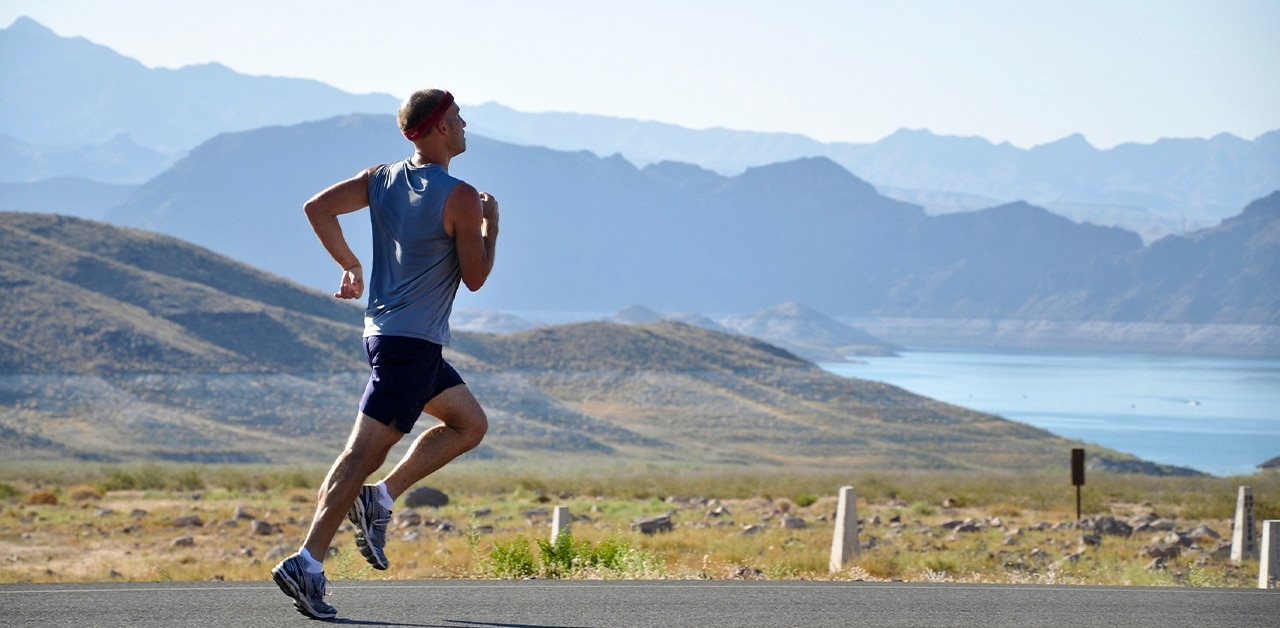 One of the keys to achieving the most efficient running form is to improve your running posture. You may not know that the posture you maintain at your desk, in the car, or on the sofa has a significant impact on the way you run. We spend far too much of our time seated, with our shoulders rounded forward and our hips flexed. We develop short, tight hip flexors and other anterior muscles, as well as weak, under-active glutes and other posterior muscles by maintaining these unnatural positions.
One of the keys to achieving the most efficient running form is to improve your running posture. You may not know that the posture you maintain at your desk, in the car, or on the sofa has a significant impact on the way you run. We spend far too much of our time seated, with our shoulders rounded forward and our hips flexed. We develop short, tight hip flexors and other anterior muscles, as well as weak, under-active glutes and other posterior muscles by maintaining these unnatural positions.
When we run, this becomes a problem because the body needs to maintain an upright stance and sufficient hip extension. Instead, we become a result of our most common postural habits and run in a semi-flexed posture, particularly at the hips.
Consequently, aim to keep your head high and your back straight, balanced between your shoulders. Instead of looking straight down, direct your eyes ahead of you. Your jaw and neck should be relaxed. Maintain a relaxed posture with the shoulders parallel to the ground.
2. Avoid overstriding
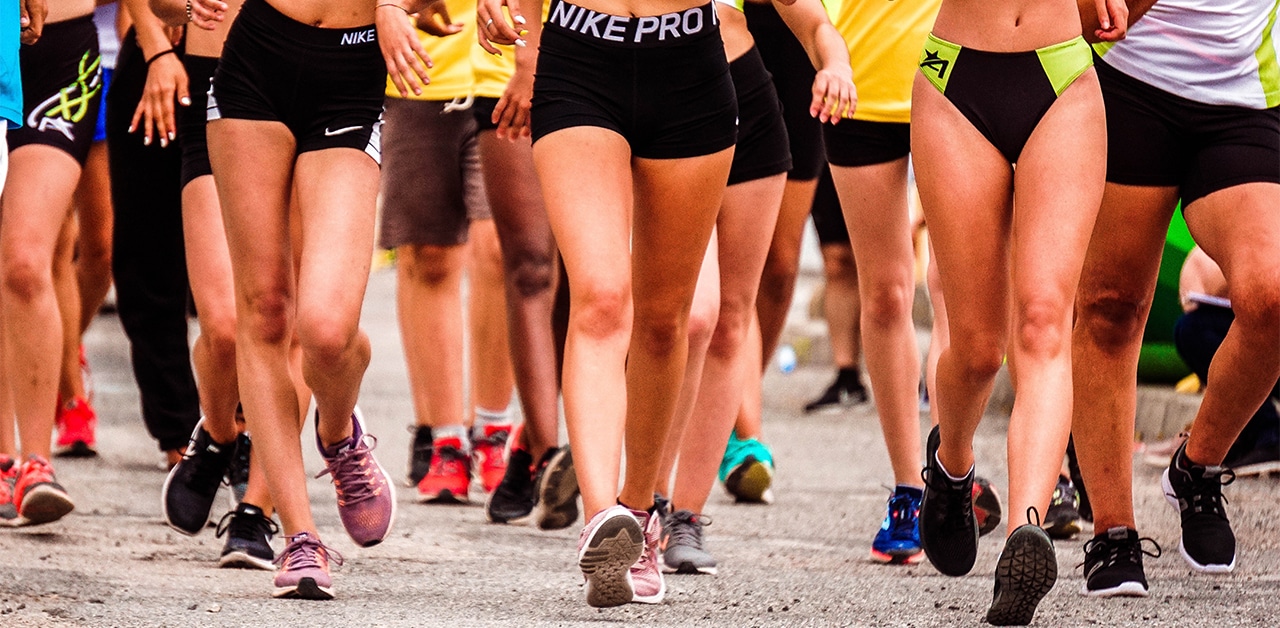 If you land on your heel or forefoot, you will experience significantly more force and impact compared to landing on your mid-foot. This is due to the contact in relation to the rest of your body, a subsequent braking force that increases fatigue and your risk of injury.
If you land on your heel or forefoot, you will experience significantly more force and impact compared to landing on your mid-foot. This is due to the contact in relation to the rest of your body, a subsequent braking force that increases fatigue and your risk of injury.
To prevent over-striding, a good rule of thumb is to look for the alignment of the knee and ankle upon initial impact. On initial contact, the knee should ideally be flexing immediately above the ankle. You will see the ankle ahead of the knee if the runner is over-striding.
An excellent way to prevent over-striding is to increase your running cadence. Begin by increasing your cadence (steps per minute) by 5% and see if it encourages you to avoid over-striding. When your contact time decreases, you’ll feel lighter on your feet. A simple digital metronome is an excellent tool for increasing and sustaining the running cadence – simply run to the beat and you’ll see significant improvements.
Tip: Work your way up to 180+ steps per minute for the most optimal cadence. Nowadays, most smartwatches allow you to track these metrics alongside other useful information such as ground contact time and more.
3. Abdominal breathing
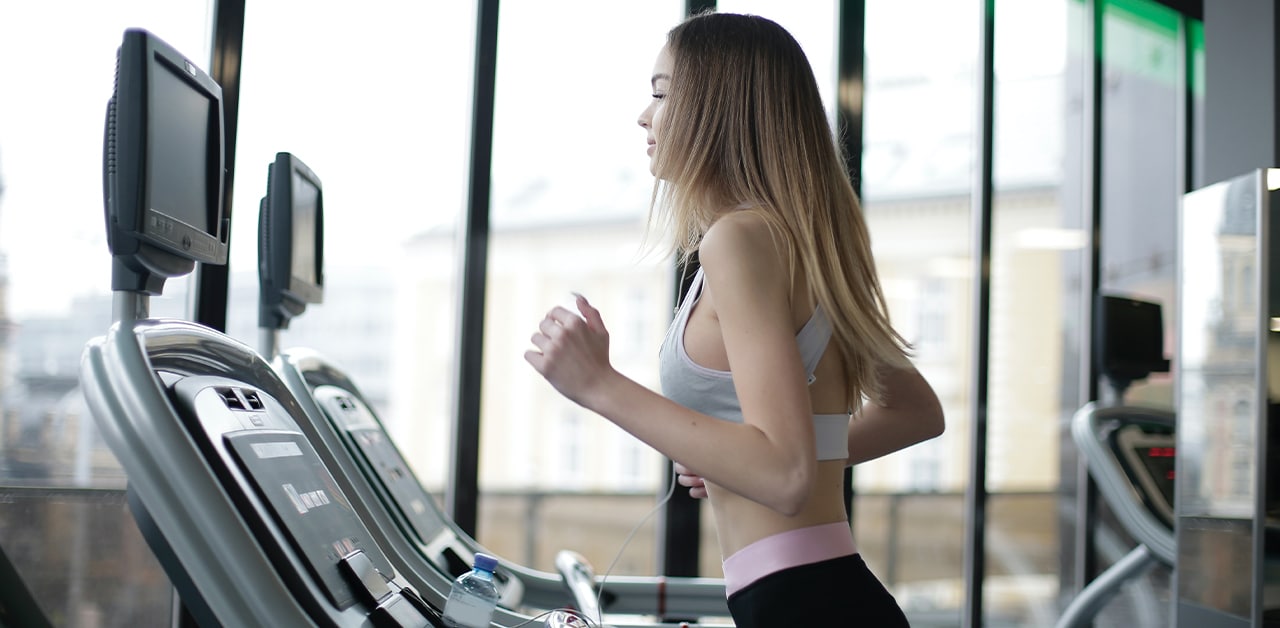 Running is best done with deep abdominal or “stomach” breathing. Lay flat on your back with a book on your abdomen to practice this type of breathing. Slowly inhale as you watch the book rise, then slowly exhale as the book falls.
Running is best done with deep abdominal or “stomach” breathing. Lay flat on your back with a book on your abdomen to practice this type of breathing. Slowly inhale as you watch the book rise, then slowly exhale as the book falls.
Abdominal breathing allows you to maximize your intake of oxygen while running. In simple terms, it engages the diaphragm to create more space in the chest cavity, enabling the lungs to further expand and take in more oxygen.
Also, you should breathe through both your nose and mouth, especially during tougher sessions and faster runs to get even more oxygen into your body.
4. Relax your shoulders
Tension in your shoulders, spine or upper back will make it difficult to move your arms when running. As you run, your arms provide balance, rhythm, and strength. The faster you run, the more movement required by your arms, just like your legs. Running slowly, on the other hand, should necessitate small yet active arm swings from the shoulder.
Only the scale of movement changes, not the movement pattern which is the key to proper running form. This can take some getting used to, but keep the arms going when you get tired, as they help to keep the legs running at a steady pace.
So, relax your shoulders and follow the natural movement pattern to see results.
5. Run as if you were carrying an egg (arms and hands)
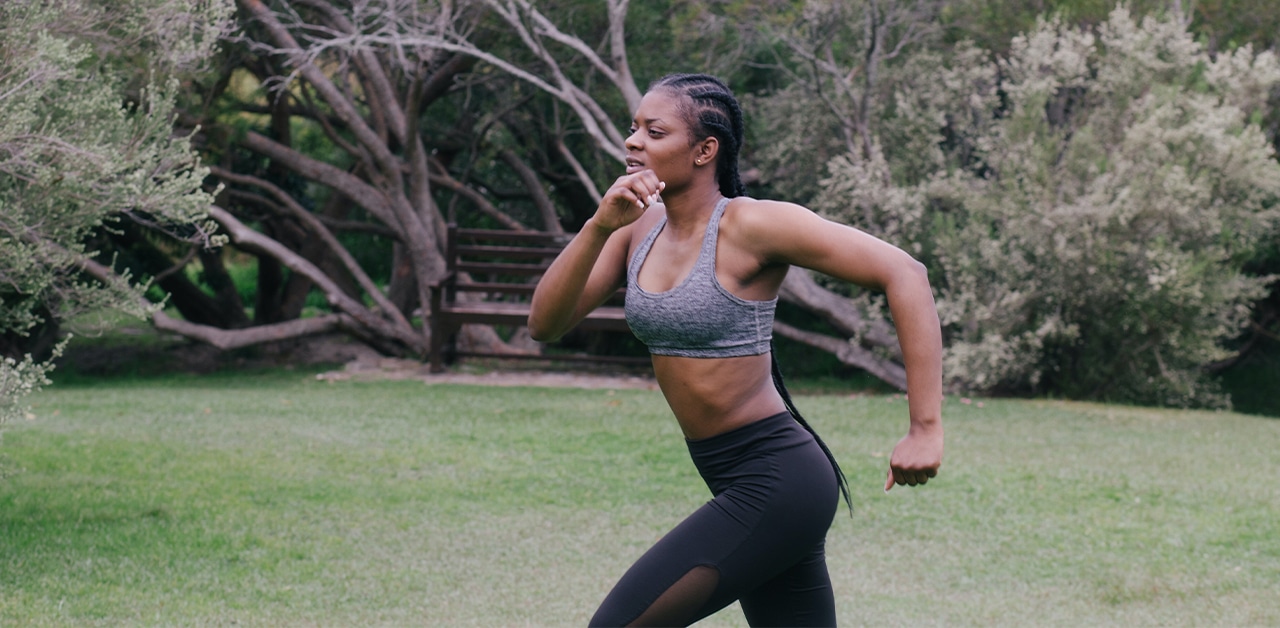 Run as if you were carrying an egg, lightly cupping your palms while maintaining a relaxed grip with your wrists. Bend your elbows to about a 90-degree angle, and glide your hands below your waistline. Your elbows should swing somewhere between your chest and waist as you pump your arms down your sides.
Run as if you were carrying an egg, lightly cupping your palms while maintaining a relaxed grip with your wrists. Bend your elbows to about a 90-degree angle, and glide your hands below your waistline. Your elbows should swing somewhere between your chest and waist as you pump your arms down your sides.
Pumping your arms faster promotes less energy expenditure and overall better, and more efficient running form.
6. Eliminate the bounce and focus on moving forwards…
Running is a linear motion in which you pass in a straight line forward. Despite the fact that many of the constituent motions at individual joints and segments need rotation to work properly, your body does not rotate excessively from side to side. Excessive rotation works against the intention of progressing forward.
In reality, controlling and stabilising when running costs us additional energy, which is a huge waste! Similarly, the attention should be focused on moving forward rather than upward. Excessive upwards displacement or bounce within the stride is often caused by a slow rate of cadence and subsequent over striding.
To put this into perspective, for each mile you run energy is being wasted in an upward directional bounce, which over the course of a marathon for example is a lot of energy going to waste.
7. Push-off
The push-off is the primary action needed to supply the force to drive you forward.
This force is produced by a strong calf contraction, which then causes the ankle joint to extend. Dorsiflexion occurs when the toes curl upwards and pass closer to the shin, narrowing the gap between the dorsum of the foot and the thigh.
The front part of your shin raises your foot, resulting in dorsiflexion. It’s a simple movement that can cause a slew of issues if done incorrectly; note, running is a kinetic chain, and anything that occurs at the ankle intersection can travel up the chain, impacting the knees, hips, back, and other joints.
8. Core strength matters… more than you might think
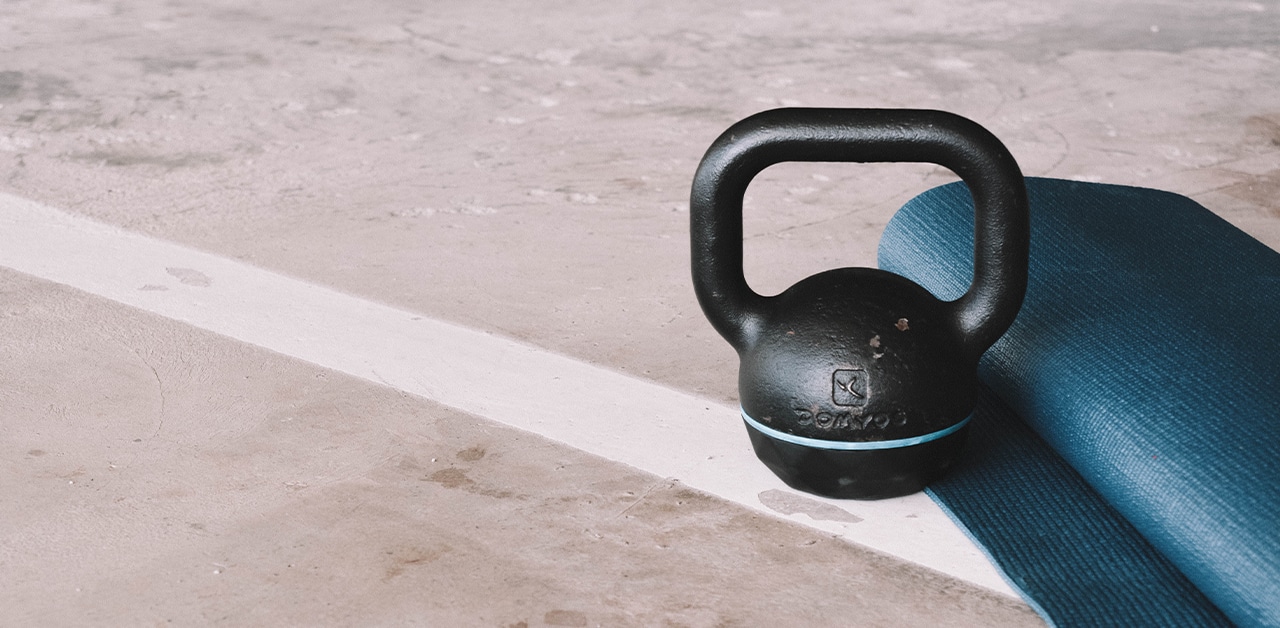 Your core strength and ability to stimulate your gluteal muscles, no matter how hard you focus on improving your proper running form, is a significant limiting factor in your success and ability to remain injury-free. Your glutes and your core are two major muscle groups that are crucial for maintaining flexibility and strength in the lower trunk, pelvis, and hips. Weaknesses and imbalances in these areas can cause knee, hip, and back injuries, as well as lower leg, hamstring, and Achilles problems while running.
Your core strength and ability to stimulate your gluteal muscles, no matter how hard you focus on improving your proper running form, is a significant limiting factor in your success and ability to remain injury-free. Your glutes and your core are two major muscle groups that are crucial for maintaining flexibility and strength in the lower trunk, pelvis, and hips. Weaknesses and imbalances in these areas can cause knee, hip, and back injuries, as well as lower leg, hamstring, and Achilles problems while running.
Strength and stability exercises should be incorporated into your weekly routine to strengthen these main factors. Your running will benefit in the long run – both in terms of injury avoidance and improved results.
Related: Strength training for runners: the beginner’s guide.
9. Land on the front to middle of your foot
It’s more important to avoid common mistakes when it comes to proper running foot strike than it is to push yourself to move in an unnatural way for your body. Although it’s perfectly natural for some runners to heel strike and others to forefoot strike, there are a few common running technique mistakes when it comes to foot strike in general. At the very least, avoiding popular blunders such as over-striding will make you a less effective runner. In the worst-case scenario, they could also be the source of an injury.
Nonetheless, if it feels natural do your best to land on the front to middle of your foot (mid-foot is preferable) as this is the optimal footstrike.
10. The forward lean
The most basic running stance is a slight forward lean. You should lean forward from your ankles while maintaining a solid, neutral core to achieve the optimal running stance. Improved ankle stability allows you to run in a more upright stance, which protects the knees and lower back from injury.
A good way to help with ankle mobility is to perform some simple ankle stretches or exercises, perhaps using a resistance band or towel for added resistance.
Why is proper running form essential?
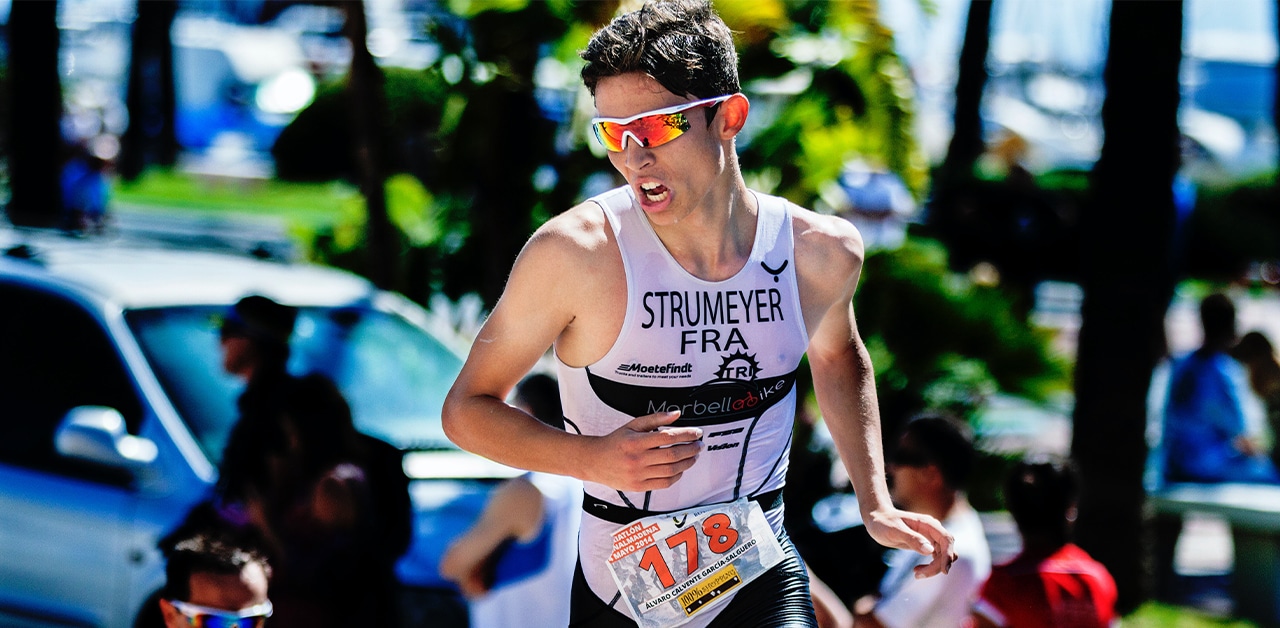 Running with the correct form is essential for numerous reasons, including reducing your risk of injury, improving running efficiency, and allowing you to run faster with less effort.
Running with the correct form is essential for numerous reasons, including reducing your risk of injury, improving running efficiency, and allowing you to run faster with less effort.
Reduced risk of picking up an injury
Maintaining proper running form can undoubtedly help to reduce your risk of picking up an injury. Working on your form weekly is the best approach, allowing you to become a much better all-around runner and athlete.
Improved running efficiency
By improving your running technique you allow the muscles in your body to work together as opposed to against each other. Following some of the tips above will help you to become a better runner no matter what your running level or capabilities.
Similarly, adopting the correct form reduces fatigue and energy wastage. Therefore, this allows you to run faster and further without getting tired as easily.
Run faster with less effort
Running with proper running form will allow you to knock seconds off the clock. While speed isn’t the most important for all runners, achieving a personal best is always a great feeling and tweaking your form ever so slightly will help you get there.
It can be a lot to take in a first, so take it slow and work on one part of your form at a time.
To conclude
Improving your running form and technique will not happen overnight. It will take time and dedication, but it is well worth it, especially when you consider the numerous benefits associated with proper running form.
To begin with, you should assess where you currently are with your form, slowly adopting new methods and better techniques to increase the efficiency of your own technique.

Matthew is a lifelong runner, chief tester of all products, the founder of Running101, and freelance content writer for active brands. When he’s not writing, he enjoys lifting weights, cycling in the Lake District, and watching fast cars drive in circles on a Sunday. He also has a BA in sport, exercise and physical activity from the University of Durham.

